- Laboratory: A place equipped for scientific experiments and research / a place like a laboratory for testing experimentation or practice.
- Dinalab: A place equipped for testing the plants involved in breeding processes aimed at creating new cannabis strains / a place for analysing the cannabinoid and terpene content of the plants involved in the creation of Dinafem seeds so as to reach the conclusions that provide the basis for the breeding processes.
- The creation of all Dinafem Seeds genetics involves a couple of years of work in which breeders, expert growers and technicians collaborate closely to stabilise the strains we then put at your disposal.
- The Dinalab is a place where there is no room for subjectivity and where the testing data impose their unbiased view. In this post it opens its doors for you to discover how our technicians test the flavour, aroma, yield and cannabinoid profile of the seeds you grow.
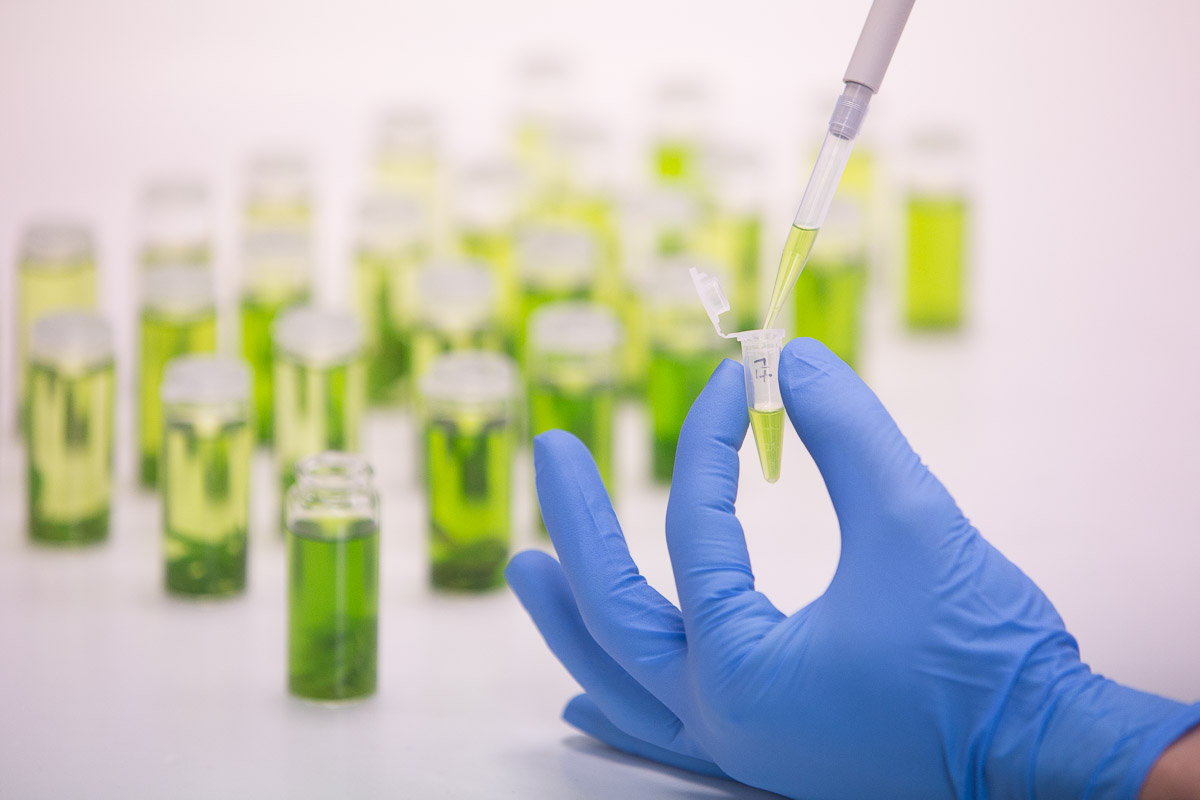
"The aim of Dinafem Seeds is to provide stable seeds, and only through the work we carry out in the laboratory can we prove a particular strain is that particular strain and no other." Pierre-Antoine Aulas speaks loud and clear. He is one of the technicians tasked with analysing bud samples and interpreting the results in the Dinalab. Together with Oier Aizpurua, he forms part of the team that learns about the compounds, flavours and aromas of the strains we stabilise and sell before anyone else.
Their work is important inasmuch as it helps prove the authenticity of all Dinafem Seeds strain. While breeders define courses of action and decide which cannabis strains (feminised, quick and autoflowering) to develop, and growers grow the plants necessary for breeders to perform their crosses, Aulas and Aizpurua take samples of those plants in order to confirm their chemical makeup. Only thus can breeders select the most appropriate plants for the creation of new strains.
The duties of the Dinafem Seeds technical team are many and varied, each of which consists of various stages. In this first post, we'll give you an overview of which tasks we carry out in the Dinalab and in which order, and in next posts we'll elaborate on each of them so that you can better interpret the data of all Dinafem genetics.
Collection of samples
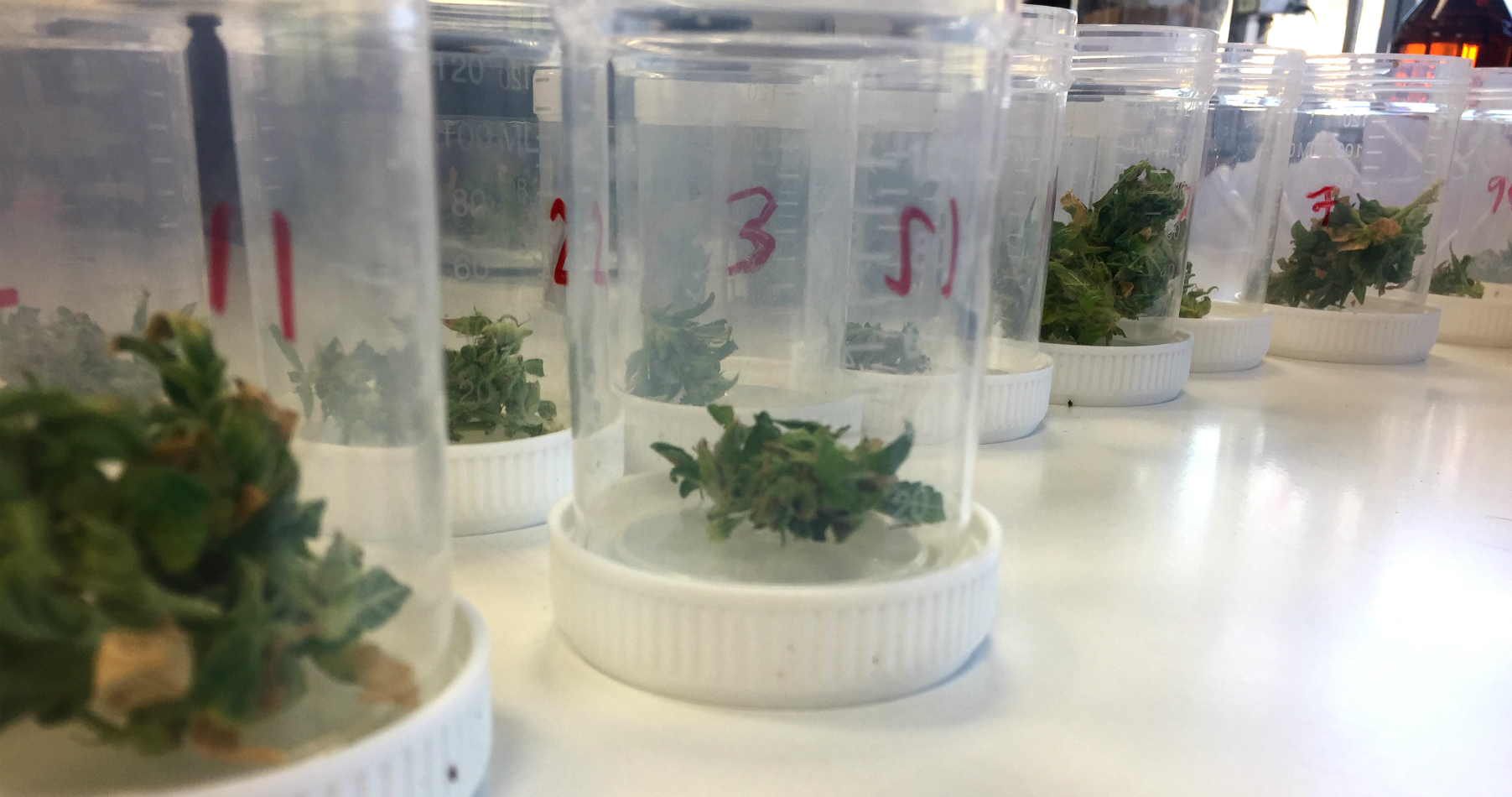
As a first step, the lab team collects samples of the plants grown for breeding purposes. For the results to be reliable, it is essential to take relevant samples, that is, buds of an appropriate size for testing – neither too big nor too small – which are located at least at 25 cm from the stem. Likewise, it is important to avoid the uppermost bud, since being the closest to the lights in indoor growing, it often gets damaged and becomes unusable for testing.
Typically, lab techs collect about a hundred samples from crops intended for breeding.
Processing of samples
Once the most relevant buds of each plant have been collected, the lab team subject them to various processing treatments for the purpose of analysis of the compounds. This consist of trimming and weighing the samples, which are then immersed in ethanol for some time. Once extracted, the remaining liquid is centrifugated and introduced in the analyser.
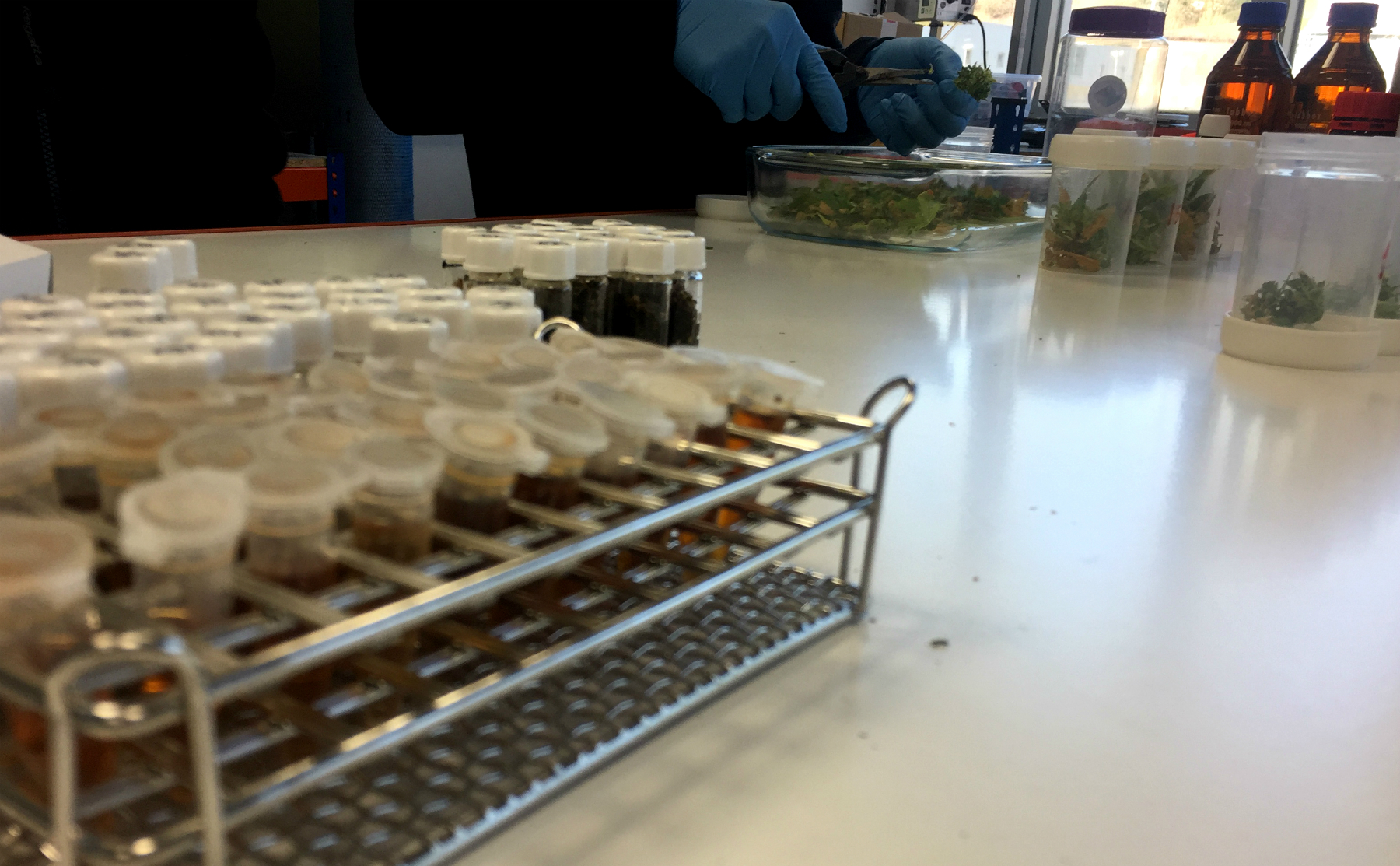
The samples are analysed fresh, that is, prior to drying and curing. This is firstly because it allows to save time – results are ready in 48 hours, while drying the buds would mean waiting a month – and secondly because fresh buds produce more accurate results than dried buds, as if not correctly performed, the drying process can alter the aroma.
"Because we sell seeds and not flowers, what interests us is that the expected terpenes are expressed in the plants resulting from the seeds, and this can only be verified by analysing the plant, not the cured buds," says Aulas. "If the buds are not properly dried, they can lose some of the aromas present in the life plant, which is the actual result of the seed we've sold," he adds. That said, all the samples processed in the laboratory are dried and reanalysed at a later stage in order to verify that the life and the dried plant have the same characteristics.
Analysis of samples
Once selected and processed, the samples are analysed with a view to obtaining objective data on the composition of the plants, notably pertaining to the type and amount of cannabinoids – acidic and neutral – and terpenes. This is performed through liquid and gas chromatography in what is probably the most important task carried out in the laboratory, as only thus can breeders know the exact active compounds and aromas contained in each plant and accordingly select the most suitable individuals for a given breeding line.
Cannabinoids: analysed in acid and neutral form through liquid chromatography
* Cannabinoids ending in "A" are the acid forms of neutral cannabinoids.
Terpenes: analysed through gas chromatography
- Pinene (alpha and beta)
- Myrcene
- Limonene
- Terpinolene
- Linalool
- Terpineol
- Humulene
- Caryophyllene
- Ocimene
*These are the main terpenes contained in cannabis plants, but our lab team analyses up to twenty.
Knowing which aromas and active compounds – and in which amounts – are contained in the plants is key to selecting the ones meeting the desired criteria. In the last few years, Dinafem Seeds has directed its breeding efforts towards the creation of CBD-rich strains, the top priority being to find large amounts of the cannabinoid in the samples. Prior to that, the focus was on autoflowering strains, and thus on speed, resistance and lack of light dependence, and if we go back further, on feminisation. Now, instead, Dinafem's breeding programs are largely focused on the aroma.
This is because the purpose is to develop high CBD strains with a wide range of aromas. This, of course, involves using two parent plants, but the targeted aroma is that of the clone of the THC strain. "When you engage in breeding, you are mixing two strains together, and can see exactly which plants you want to use," says Aulas.
And adds: "First of all, we analyse the original clone for reference, and then we look for the plants that most closely resemble it. Sometimes we simply look for a plant that has the same profile but more distinctly expressed." Laboratory analysis, though, serve more than just breeding purposes. The data are also an essential tool for ensuring that the plants resulting from Dinafem seeds contain the specified cannabinoids in the specified amounts. In simple terms, this means that when we define a strain as being high in THC, we have actually tested the strain for THC content.
Data processing and conclusions
Once the necessary data and diagrams have been obtained, they are interpreted and assessed. For this purpose, our lab techs use statistical techniques that allow to simplify the results, making it easier to identify differences between samples. The method also allows to aggregate the data by plant profile, grouping for instance Kush or Haze-like plants together so as to make more accurate selections for the crosses.
Aroma-focused breeding
"Our current breeding programs are largely focused on the aroma," says Aulas. "Cannabinoid production is surely important, but we are already working on the next step: aroma. And if you want the aroma to be objective, you have to analyse the terpenes," he argues. In fact, one of Dinafem's main current objectives is to create high CBD strains that mimic the organoleptic profile of some of the most legendary THC genetics. In other words, to create an Amnesia, Critical, Haze or OG Kush that smells exactly as you would expect while being entirely non-psychoactive.
Hence the importance of analysing the terpene profile of the plants involved in the breeding processes. "If you want to make the CBD version of a highly popular strain, you need to make sure the flavour is exactly the same as in the original THC genetic. And, I cannot stress this enough, if you want the aroma to be objective, you have to analyse the terpenes," Aulas says.
"Considering we work with batches of about a hundred samples, there's no way you're identifying the best one just by using the sense of smell. Relying on the terpene profiles makes the selection process easier because the lab team tells you exactly what's inside the plant. So you smell the sample, take a look at the numbers, go back to the sample, and so on. Essentially, what the testing equipment does is expand the limitations of smell," Aulas concludes. As well as for breeding, laboratory tests are essential for keeping track of the quality of the seeds, which need to retain their qualities and terpene profiles from generation to generation.



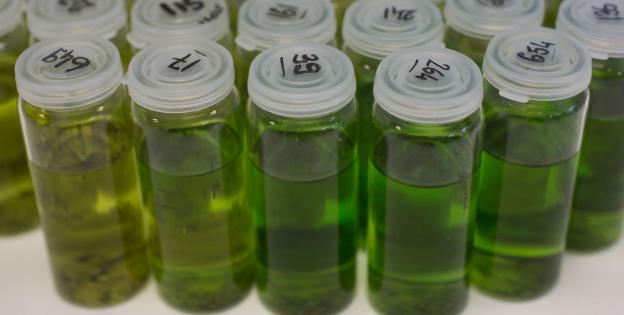
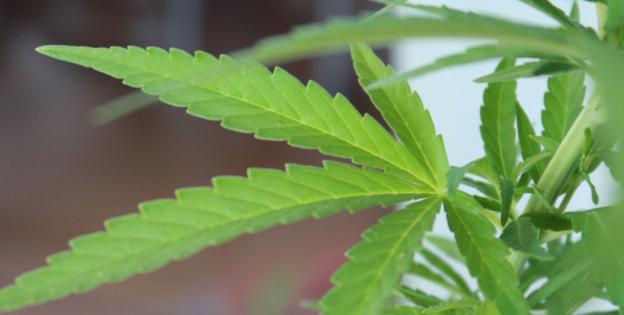
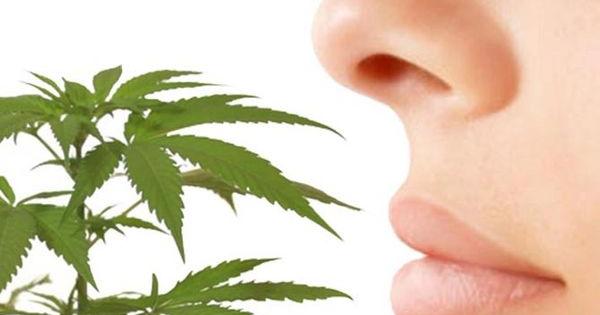
Comments from our readers
There are no comments yet. Would you like to be the first?
Leave a comment!Did you like this post?
Your opinion about our seeds is very important to us and can help other users a lot (your email address won't be made public).